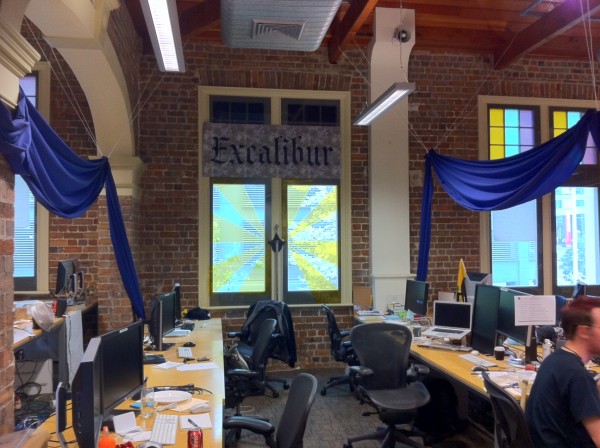This guest blog post is part of an Atlassian blog series raising awareness about testing innovation within the QA community. You can find the other posts in this series under the QA Innovation tag.
What do you get when you combine a bit of motivation to learn javascript, a not-so-great metric on the time it takes to create bug reports, and a two year old boy?
The slickest new tool in the exploratory testing box: Atlassian Bonfire.
Andrew Prentice, QA lead at Atlassian, started a long and arduous process with his 2009 inspiration, and saw the journey through to the 2011 release of Bonfire as a full fledged product.
Humble Beginnings
After a 2009 survey of the QA team, Andrew discovered that 16% of their time was spent creating quality, comprehensive bug reports during testing. If Atlassian could cut that time in half, every QA engineer would gain back a month a year for more testing – the same as hiring an additional person for every twelve already on the team! That was enough inspiration for Andrew to list out requirements and spike a Firefox extension to create issues in Jira.
‘Be the change you seek’ is one of our core Atlassian values, and Andrew soon found the time to work on his desired change: with a toddler at home, Friday nights were no longer for going out, and Andrew was able to use that time to hack away on the new project.
A cool project needs an equally great name, and Andrew came up with Excalibur to describe it: a kind of ‘swiss army knife for web testing’, a sharp tool that testers could wield in their own way – rather than forcing a specific process on the tester.
Build & Polish
With that, Andrew released his project as an internal tool, and showed it to anyone he could pin down for feedback. Andrew pulled strings and cashed in favors to get a few engineers working with him to get the tool up to snuff. When Atlassian hired a new VP of Engineering, Jean-Michel Lemieux, Andrew and Edwin Wong (then Jira Product Manager) got the green light to make Excalibur a real product – with a catch: announce the product at Summit in early June and release a 1.0 a month later. Andrew & Edwin had seven weeks to sink or swim.
To inspire the team to hit the ground running, they decorated the space with a medieval theme centered around the actual Excalibur that still serves as their stand-up meeting token today.
Although Excalibur is a fun name, it can be difficult to spell and is used by plenty of other products already. Edwin suggested Bonfire with the idea that the tool illuminates things and guides people through the dark. The team liked the sound of it and let it sit with them for about a week before committing. The new product finally had a name!
A month later, at Summit, the product shipped in beta, and the team got their first paying customers that same day. A month after that, they shipped version 1.0, and Andrew handed over the development reigns to the final Bonfire team member to join, Brad Baker (former Jira dev team lead). Since then, the team has consistently shipped internal and external releases every 2 weeks.
Happily Ever After
Six months later, Andrew and the team are as excited as ever to keep this new product charging along. Bonfire is a great example of how people at Atlassian truly live our company values, and that if you aspire to ‘be the change you seek’, you’re sure to pick up some helpers along the way.
If you’re interested in reading more of the nitty-gritty and code-centric story, Andrew has detailed the story in Making Bonfire: Part I and Part II.

